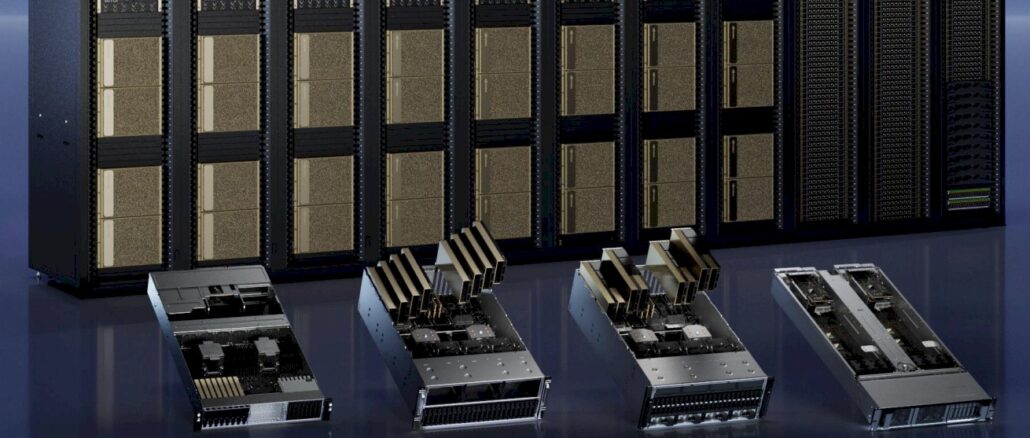AMD’s recent Advancing AI event has sparked a flurry of attention from Wall Street analysts, despite one notable absence: a new, significant customer. AMD’s unveiling of its MI350 series GPUs, based on the 4th-gen Instinct architecture, set the stage for what is expected to be a major leap in AI compute power. 
These GPUs, slated for release in Q3 2025, promise a 4x increase in AI compute performance and a 35x boost in inferencing capacity.
Alongside the MI350, AMD launched ROCm 7, the latest iteration of its open-source Radeon Open Compute platform, which promises substantial performance improvements. According to AMD, ROCm 7 offers 3.5x and 3x better performance for inference and training, respectively, over its predecessor. This will empower developers to tweak GPU performance, further enhancing AMD’s AI capabilities.
In addition to the MI350, AMD teased its Helios AI rack solution, which combines MI400 GPUs, Zen-6-based Venice CPUs, and Vulcano NICs. Set for a 2026 release, this system will provide the foundation for AMD’s ambitious AI push. To top it off, AMD hinted at the next iteration of the Helios platform, expected in 2027 with MI500 GPUs, Verano CPUs, and Vulcano NICs.
From a financial perspective, Cantor Fitzgerald analyst C.J. Muse predicts that AMD will generate $6 billion in AI revenue in the second half of 2025, once the MI350 GPUs hit the market. If the company can scale its system-level solutions effectively, Muse anticipates that AMD could exceed its data center GPU revenue estimates for 2026, which currently stand at $8 billion. He suggests that revenues could range between $10 billion and $12 billion if all goes well. However, Muse acknowledges that the lack of new customer announcements may have contributed to the underwhelming price action of AMD’s stock after the event.
On the other hand, Bernstein analyst Stacy Rasgon wasn’t as optimistic about AMD’s prospects, noting that the event, while solid, didn’t deliver any huge surprises. Rasgon also highlighted the absence of new customer announcements but appreciated AMD’s outlook on inference, forecasting it to grow at a compound annual growth rate (CAGR) of over 80% through the next few years. While there are significant strides being made, Rasgon remains cautious about AMD’s trajectory in the AI space.